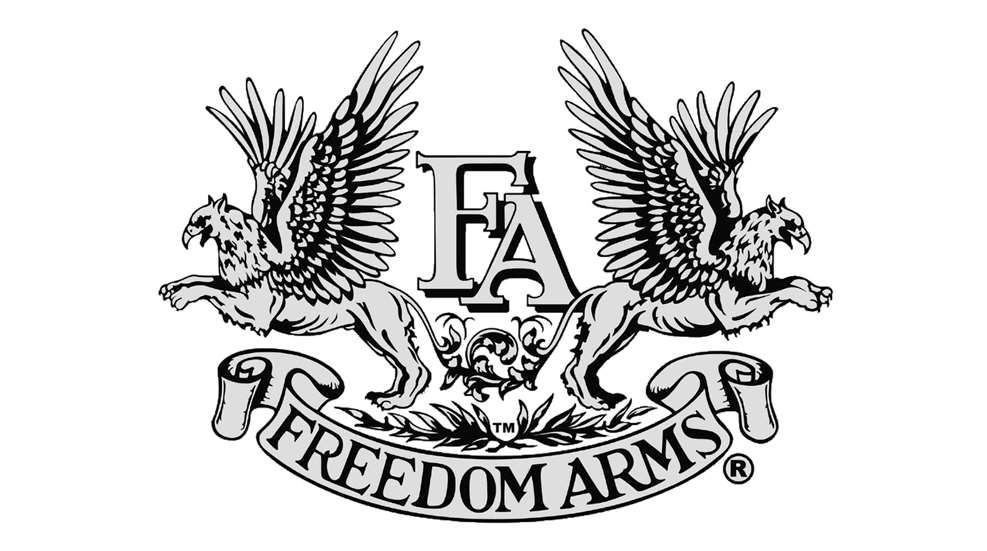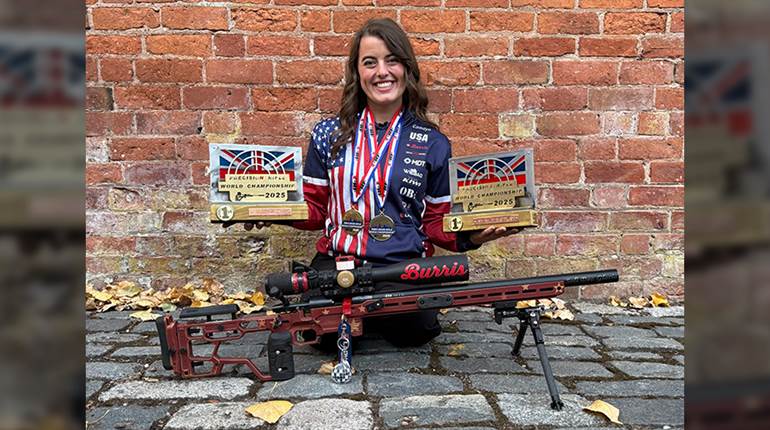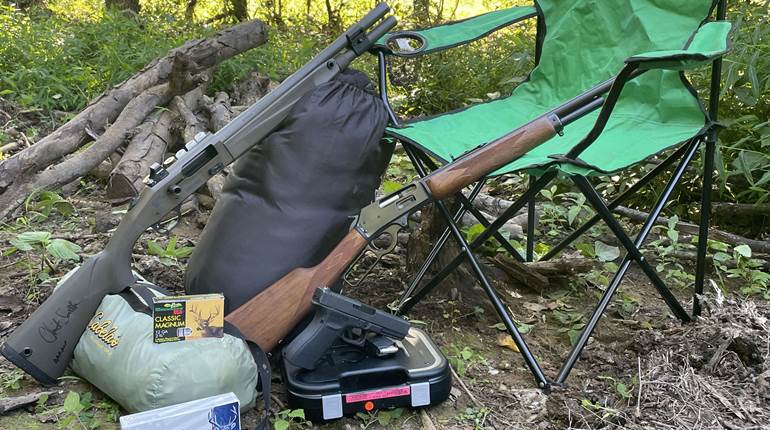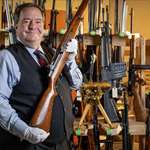
Star Valley is located one of the most scenic areas of Wyoming. Idaho and the Salt River lie just to the west and rugged peaks tower to the east. The city of Freedom is in the heart of that splendor, where Freedom Arms—named in honor of the town with a population of 268—has operated since its 1978 founding.
Wayne Baker and noted gunsmith Dick Casull—whose namesake .454 Casull cartridge first made headlines in 1959—established the company. It wasn’t big-bore revolvers they concentrated on, not early anyway. The first firearm to roll out of the factory was a five-shot, mini-revolver chambered in .22 LR. Versions later appeared in .22 Short, .22 WMR and even a percussion model. Then a belt buckle model appeared, one that received one of several patents credited to Casull. It has subsequently been licensed for production to other companies and can still be found today.
Sales were brisk, but Freedom Arms had its sights on a heavier-hitting project. It introduced its Model ’83 in 1983 and with it the world was introduced to the first, factory-built .454 Casull revolver. The cylinder had a five-shot capacity, timeless looks and rugged build befitting its Old West heritage. The company would later offer a variety of versions and chamberings that included .22 LR, .22 WMR, .357 Mag., .41 Mag., .44 Mag., .45 Colt, .475 Linebaugh, .50 AE and .500 Wyoming Express.
Sales were so brisk that Freedom Arms stopped producing mini-revolvers by 1990. In 1997, the company introduced the, you guessed it, the ’97. It has a lighter frame, is also a single action and cylinder capacity was six cartridges for anything below .40 caliber. Chamberings the company has introduced throughout its run include .17 HMR, .22 LR, .32 H&R Mag., .327 Fed., .357 Mag., .41 Rem. Mag., .44 Spl., .45 Colt and the .224-32 Freedom Arms (FA) cartridge the firm developed in 2009.
In 2008 Freedom Arms introduced a single-shot, break-action pistol for hunting and competition. It chambers a variety of rifle cartridges, in addition to more traditional pistol fodder.
The company continues to thrive under the watchful leadership of Baker’s son, Bob. As for the key to the company’s longevity, “We focus on quality over quantity,” he told a reporter from Planet Jackson Hole back in 2013. “The big companies will do more in a day than we will do in a year. They can do quantity, but it’s hard for them, if not impossible, to uphold our kind of quality assurance running that many guns.”

















![Winchester Comm[94]](/media/1mleusmd/winchester-comm-94.jpg?anchor=center&mode=crop&width=770&height=430&rnd=134090756537800000&quality=60)
![Winchester Comm[94]](/media/1mleusmd/winchester-comm-94.jpg?anchor=center&mode=crop&width=150&height=150&rnd=134090756537800000&quality=60)


















